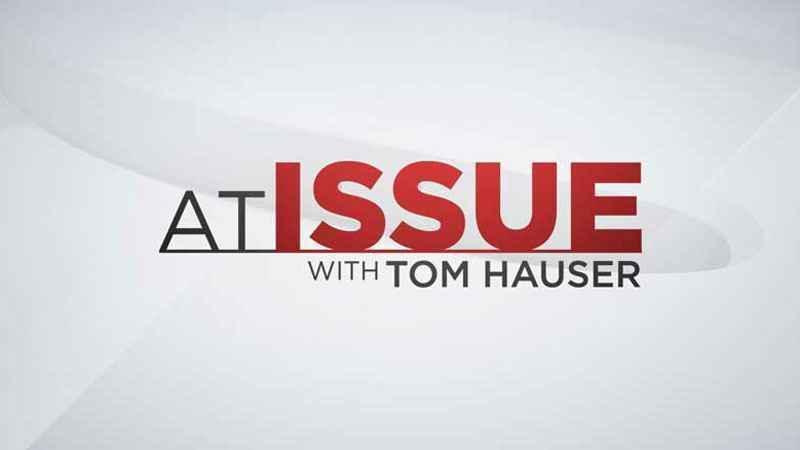At Issue: Feb. 28 — Lawmakers disagree on how to spend projected budget surplus
[anvplayer video=”5010140″ station=”998122″]
A rosy outlook on the state’s financial situation is a breath of fresh air for lawmakers who are tasked with shaping the state’s spending priorities in the coming months. But leaders of both parties can’t seem to agree on where they’ll be spending the extra money from a $1.6 billion projected surplus.
This week on “At Issue,” we talk to Republicans who say it’s time to give the money back to businesses and families — and alter tax law to help — but DFLers want to pay for more services, like child care and health care. The budget surplus is a complete reversal of November’s budget forecast, which predicted a $1.3 billion deficit. Now Minnesota lawmakers will have to decide what to do with the influx of cash.
“We need to remember that the government is doing just fine,” Rep. Anne Neu Brindley, R-North Branch, told 5 EYWITNESS NEWS. “We should use this surplus to help businesses and families that have been harmed by the governor’s shutdown.”
“If we want a state that provides these high-level public services like people expect, we need to find a way to pay for them,” House Majority Leader Ryan Winkler, DFL-Golden Valley, said. “Having the richest Minnesotans pay more, even after they’ve done so well during a pandemic and a deep recession, I think is only fair.”
Our political analysts weigh in, saying ensuring federal Paycheck Protection Program loans are tax-exempt in Minnesota is already an expensive task. To get more from the surplus, lawmakers will have to think creatively.

At Issue with Tom Hauser[KSTP File ]
The Walz administration, buoyed by the Johnson & Johnson COVID-19 vaccine, spent this week laying out an optimistic timeline to have most Minnesotans vaccinated. It’s the first detailed plan released by the governor, and it assumes the vast majority of the state’s population could receive a shot before the end of the summer.
Meanwhile, the Minnesota Public Utilities Commission and Sen. Tina Smith, D-Minn., are both looking into the possibility of price-gouging with the increased costs of natural gas, following frigid temperatures earlier this month.